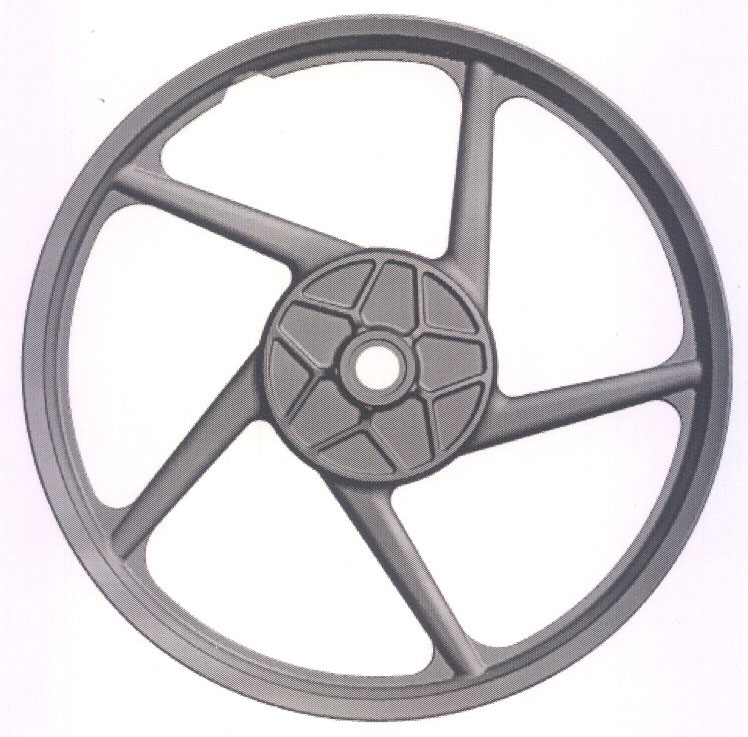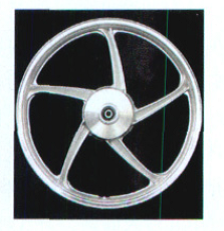Newsletter
New Regulations on Patentability Determination for Chinese Design Patents ——Brief Synopsis on Articles 16-24 of the Supreme Court's Patent Granting and Affirmation Administrative Case (Draft for Comment)
On April 28, 2020, the Supreme People's Court issued the “Provisions on Patent Granting and Affirmation Administrative Hearing Related Issues (1) (Draft for Comment)” (hereafter “Draft for Comment”) to openly solicit revision suggestions from the public. The Draft for Comment has 36 articles. Among them, one-fourth of the articles (9 articles, namely Articles 16-24) involve design patentability determination related contents. Therefore, it is likely that the design patentability determination solicited by the “Draft for Comment” will be highlighted for the judicial interpretations to be issued in the future.
In sum, Articles 16-24 of the "Draft for Comment" cover the following:
(1) Consideration factors for design space;
(2) Functional feature related considerations;
(3) Verifying the validity of patent rights when there are unclear pictures and photos;
(4) The definition of “belonging to an existing design” (Article 23.1) and the determination standard for “obvious difference” (Article 23.2);
(5) The determination standard for "same invention and creation can only be granted one patent right" for design patents (Article 9.1);
(6) The definition of "Same design” — conflicts applications(Article 23.1)
(7) Design inspiration related consideration factors;
(8) Consideration factors regarding whether there are any “unique visual effect”; and
(9) The types of legal rights that can serve as grounds of conflicts of rights for invalidation design patents.
Among them, the "Draft for Comment" has a very important innovation as shown in Point (1) above: Propose the concept of design space, and specify the consideration factors when identifying the design space.
In particular, Article 16 of the "Draft for Comment” provides that: When the People's Court determines whether the general consumer has a certain knowledge level and cognitive ability for a design, it shall consider the design space of the product embodying the design patent at the time of the filing date of the patent.
As for the determination of the design space mentioned in the preceding paragraph, the People's Court may comprehensively consider the following factors:
(1) The function and use of the product;
(2) The overall status of existing designs;
(3) Customary designs;
(4) Mandatory provisions provided by laws and administrative regulations;
(5) National and industry technical standards;
(6) Other factors needed to be considered.
In practice, the concept of design space has long been used to determine the patentability of design patents (and analysis of design patent infringement) and widely recognized in the IP field, although the Patent Law, its Implementing Regulations, and the Patent Examination Guidelines have not mentioned or defined this concept so far.
The earliest design space concept related proposal can be traced back to a 2010 patent invalidation administrative dispute in the Supreme People's Court case number (2010) Xing-Ti-Zi No. 5 called “Motorcycle Wheel (82451),” which involved patent number CN200630110998.7 with the issuance number of CN3630990D. This case has undergone multiple levels of review from the original Patent Reexamination Board, the Beijing No. 1 Intermediate People’s Court, the Beijing Municipal Higher People’s Court, and the Supreme People’s Court. When determining whether the patent in question (left photo below) is similar to a prior art design (right photo below), the third-level courts and the Patent Reexamination Board made the same determinations regarding the different design features (the different radian of the spokes and different designs of the grooves) between them. However, as for whether the distinguishing features have significant impact on the products' overall visual effects, they have completely different views; and in this regard, identification of design space is related.
The Patent Reexamination Board believes that said distinguishing design features are nuances, so the patent in question is similar to the prior art design and should be declared invalid (2000 Patent Law). The Beijing No.1 Intermediate People’s Court and the Beijing Municipal Higher People’s Court believe that: Due to the limited design space for wheel products, said differences are sufficient to have a significant impact on the overall visual effects of the products, and the patent in question and the prior art design are not similar. However, the Supreme People's Court found that in the field of motorcycle wheels, as long as the designs of motorcycle spokes meet the requirements of balancing force, they can still have a variety of shapes, and there is a larger design space. The differences between the two have little effect on the overall visual effect. This patent constitutes a similar design with the prior art design in terms of their appearance.


Therefore, the differences in design space identification may lead to diametrically opposite conclusions about whether the design is valid. That is, when determining whether the design patent belongs to an existing design and if there is a “significant difference” of a design patent over an existing design or a combination of existing designs (Paragraphs 1 & 2, Article 23 of the current Patent Law), the recognition of design space is quite important.
Therefore, the preceding provisions provided in Article 16 of the “Draft for Comment” are definitely necessary, and they also conform to current practice. Once the “Draft for Comment” is formally adopted, it will guide the parties in quoting the design space concept in their arguments, and provide a legal basis for courts to rule on in terms of design space.
It is expectable that after the “Draft for Comment” has been adopted, the concept of design space and corresponding evidence will be used more often by the parties and even the Reexamination and Invalidation Department of the Patent Office to support their claims in design patent granting and affirmation cases or during patent invalidation request procedures.

